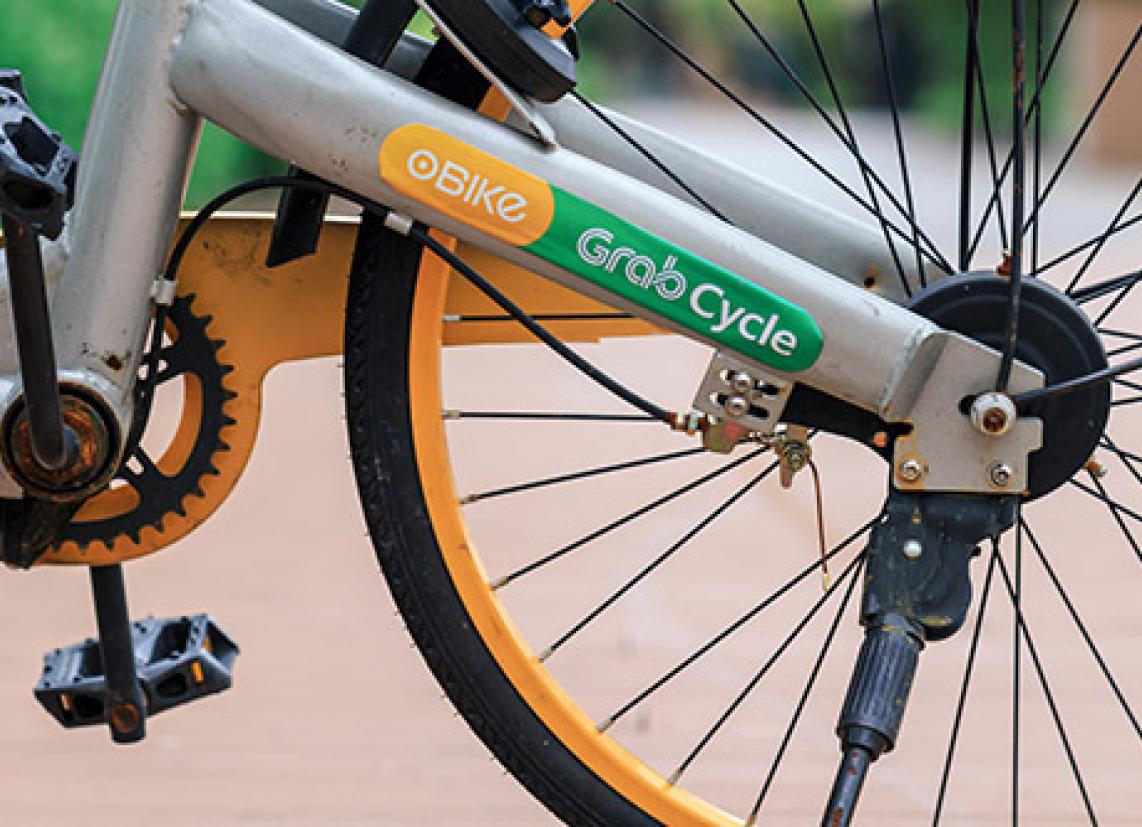Team of Rivals

Branding doesn’t have to be a solitary pursuit. When companies (even competitors) work together to create new opportunities for innovation and public recognition, it’s called “co-branding,” and it can benefit numerous stakeholders. Take Betty Crocker and Hershey’s collaboration, for instance. “Betty Crocker partnered with Hershey’s to include chocolate syrup in its signature brownie recipe,” according to HubSpot. “There’s something brilliant about that co-branded product: It’s a fun way to marry two classic brands into one delicious experience for fans of baking and chocolate alike.”
And so, businesses that cooperate with each other attract new followers. “Co-branding essentially helps with the loyal customer base of the one partner accepting and trying out what the other partner offers,” Enterprise League writes. “This gives a chance for the two companies to literally merge their loyal customer base.” These savvy unions aren’t just for businesses that offer complementary products like chocolate and brownie mix. Two direct competitors also stand to gain from joining together, a practice called “coopetition.”
Web.com writes that coopetition “doesn’t imply that businesses shouldn’t compete. Indeed, capitalism inherently requires that they do. But it does suggest that business competitors can work together without ignoring their justified self-interest.” Here are examples of companies that put their respective rivalries aside to reap the benefits of coopetition.
In a game-changing move, Anjali Sud, the CEO of video-sharing platform Vimeo, decided to have her company work with its major social media rivals, making its services more convenient for users and fruitful for stakeholders. The Verge writes that “you probably think of Vimeo as a smaller competitor to YouTube — the company’s been around for 16 years, and that’s what it was for most of that time. But when [Sud] took over as CEO, she stopped all that to reinvent Vimeo as a software company that serves video creators.”
Her decision required pragmatism and vision. Vimeo had “planned to buy up original programming in an attempt to become a content hub, but the staggering costs of such a strategy made Vimeo abandon that plan and instead shift toward becoming what Sud calls ‘the Switzerland for creators’ through its software offerings,” writes MarketWatch. “Vimeo doesn’t mind if users post their videos on YouTube, Facebook Inc. US:FB, or other social-media sites, so long as they edit and store the footage on the company’s own platform.”
By facilitating the transfer of video content to those other sites, Vimeo has carved itself a profitable niche. Sud told The Verge that “we actually build tools to help you put your content on Facebook and YouTube, and in your secure company portal and on your website and on your blog. And that’s actually how we are successful, and then thereby how we make money.” And she recognizes that her decision to collaborate rather than compete with other platforms was a paradigm shift.
According to foundr, Sud explained that what the move “unlocked was actually a totally new strategy for our company” and that “it all came from flipping the script in terms of how you think about whether someone is a competitor or a partner, and prioritizing the problem you want to solve.”
Like Vimeo, automobile companies are defying long-held beliefs about competition and using coopetition to continue attracting consumers during a time when business conditions are rapidly changing. BBC reports that “traditional carmakers are having to fight to remain relevant, particularly as tech companies like ride-hailing firm Uber and Google’s driverless car business Waymo overtake them.” One result of this effort is a partnership between legendary auto brands Toyota and BMW, the aim of which is to provide the public with a coveted model that the two companies perhaps couldn’t produce separately. “Together, BMW and Toyota have brought back the ever popular Supra. It’s been a while since Toyota manufactured a turbocharged engine, so they sent money by the boatloads to Europe so that BMW could handle the powerplant,” Car Covers reports. “Still, Toyota knows precisely what it’s doing when it comes to vehicle design.”
Similarly, Forbes praised Toyota and BMW’s joint project: “The fact that Toyota and BMW joined forces to co-develop the Supra — as well as a new BMW Z4 —means that anyone who has even the faintest interest in sports cars cannot ignore this reintroduction.” Also, the multi-brand nature of the Supra helped lead to its notoriety in the press and auto industry and its wow-factor among car lovers.
“The 2022 GR Supra 3.0 Premium, which shares a platform with the BMW Z4, is an extrovert of a car, attracting young gawkers galore. It looks like it’s going fast when it’s standing still, and that’s kind of the point,” writes Penta. “Every aspect of the Supra’s development with BMW was extensively covered in the automotive press, and in this high-performance version its specs are the stuff of Fast and Furious dreams.”
When Vimeo, BMW and Toyota dared to try coopetition, they showed that sometimes working together is a win-win, something that research also proves. According to Forbes, “The risks of collaborating with rivals might seem daunting, but a study by the Multidisciplinary Digital Publishing Institute finds the benefits are likely to outweigh any disadvantages. The study found that this kind of collaborative competition, when it lasted from three to five years, had more than a 50 percent chance of mutually reducing company costs.” Thus, burying the hatchet gets results.
